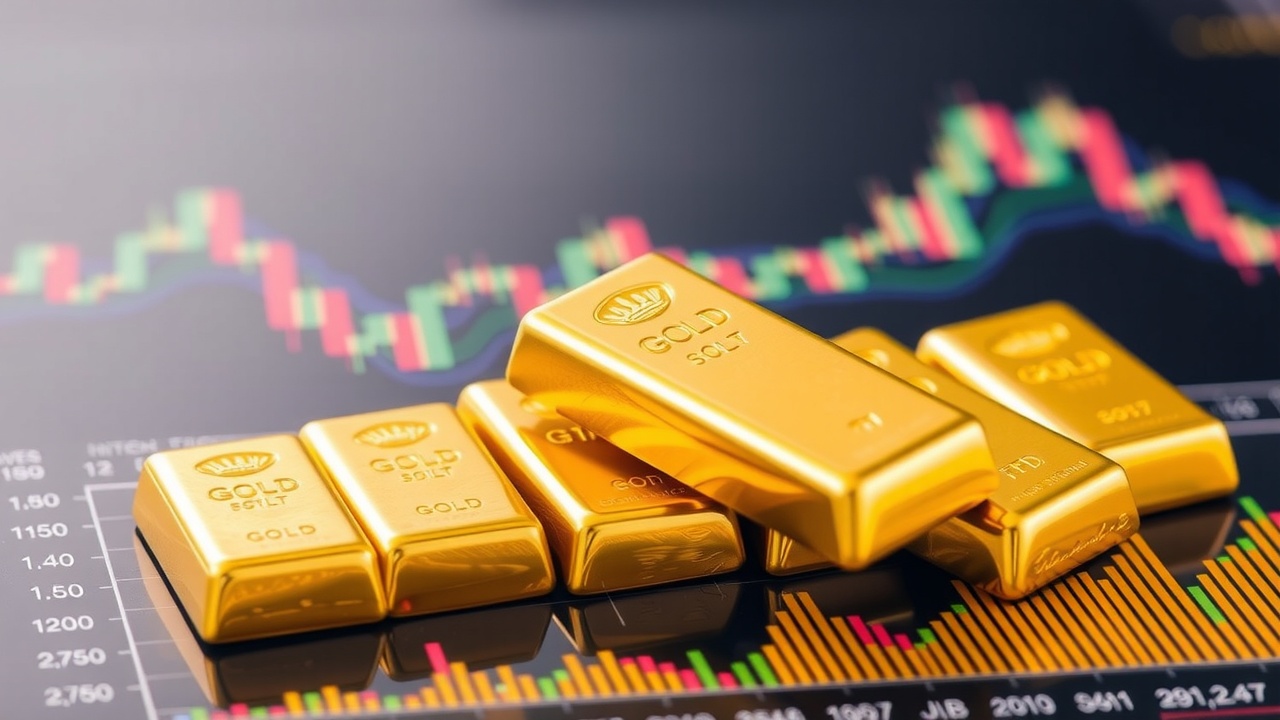
When it comes to investing in gold, gold funds are among the best options
We highlight a few of the more intriguing funds for gold miners and spot prices.
Gold funds are becoming an increasingly important part of investors' portfolios as prices rise.
You've probably heard a lot of talk about the significance of gold investing during its stellar run. Although allocations differ, most experts advise investing between 2 and 10 percent of a portfolio in gold, with 5 percent frequently mentioned as a rule of thumb for people who aren't sure where they stand on the metal.
According to AJ Bell's head of investment analysis, Laith Khalaf, gold "should be seen as a means of diversification for equity holdings alongside bonds and cash, and as such should not normally exceed 5 percent to 10 percent of a portfolio."
When taken at face value, that could imply that you are being advised to purchase gold bars or coins with up to 10% of your savings. The good news is that there are other ways to be exposed to fluctuations in the price of gold. Without the hassles of keeping actual gold in storage, gold funds provide exposure to price fluctuations.
Rising flows into gold funds, particularly ETFs and ETCs, have been a major factor in the price action of gold, which has increased by about 46% over the past 12 months.
Physical gold ETCs support the spot price of gold by holding actual gold, not by artificially simulating its movements. This is important.
One option is the iShares Physical Gold ETC (LON:SGLN), a cheap ETC with a 012% total expense ratio that tracks spot gold prices.
However, there are a lot of excellent substitutes. Generally speaking, gold ETFs (technically known as ETCs) are an excellent way to allocate to gold in an ISA for stocks and shares without having to worry about carrying around mountains of gold.
Shares in a physical gold exchange-traded fund (ETC) are equivalent to ownership of the physical gold that the ETC is based on. Two significant factors are involved in this situation.
The first question is crucial if you are seriously worried about the morality of your investments. Where does the gold come from? Could I access the gold if I wanted to? Mining for gold can have significant negative effects on the environment, and it has been connected to both civil wars and militia groups. Industry standards are in place to reduce these negative effects on society and the environment, but it's crucial to make sure that any gold ETC conforms with them.
The investment thesis of gold, according to its historical origins as a store of value, may be reduced to its chemical characteristics, even though gold ETFs and ETCs provide exposure to changes in the price of gold. This viewpoint's proponents contend that it is essential to have access to the actual gold you own through an exchange-traded product.
If you value having easy access to physical gold, you should think about The Royal Mint Responsibly Sourced Physical Gold ETC (LON:RMAU).
The fund aims to recycle at least 50% of its underlying gold, reducing the detrimental social and environmental effects of gold. Like SGLN, RMAU's gold is fully compliant with the London Bullion Market Association (LBMA).
Shareholders can exchange their ETC shares for equivalent quantities of the physical gold held at the Mint's extremely secure vault in Llantrisant, Wales, thanks to RMAU.
Gold funds can function as funds of gold mining stocks in addition to tracking spot prices for gold.
Although gold mining funds provide some exposure to the metal, it's crucial to keep in mind that they are not the same as physical gold or gold exchange-traded funds. Every investment in a gold mining fund is a separate business.
The Superpit is the biggest open pit gold mine in the nation and is situated in Kalgoorlie, in central Western Australia.
The Superpit is the biggest open pit gold mine in Australia and among the biggest in the world.
Their financial performance is influenced by a number of factors, including risk factors specific to individual stocks, such as the viability of individual mines or management's strategy (image credit: Samvaltenbergs via Getty Images). Therefore, they don't always fluctuate in tandem with the price of gold.
Nevertheless, here are a few intriguing gold mining funds.
The VanECk Gold Miners UCITS ETF (LON:GDGB) is a passive ETF that tracks the NYSE Arca Gold Miners Index and has a total expense ratio of 0.53 percent; the AuAg ESG Gold Mining UCITS ETF (LON:ESGP) is an equal-weighted ETF that tracks 25 ESG-screened companies that are active in the gold mining industry and has a total expense ratio of 0.60 percent; the LandG Gold Mining UCITS ETF (LON:AUCP) tracks the Global Gold Miners Index and in January decreased its total expense ratio from 0.65 percent to 0.55 percent; the WS Ruffer Gold Fund is an expensive actively managed fund that charges a 1.2 percent annual management fee, but it has outperformed its benchmark, the FTSE Gold Mines TR Index, in three of the last five years and overall since its launch.
Although there are many benefits to having only gold in your portfolio, some funds also include exposure to other metals.
By investing in listed securities that are exposed to the price of gold and/or silver (some funds, some miners), the Jupiter Gold & Silver Fund provides dual access to both commodities. Even though both silver and gold are precious metals, investing in silver presents a slightly different opportunity because the demand for silver's industrial uses drives its price more so than its use as currency. The relationship between the two metals is tracked by the gold-silver ratio.
A "diversified investment in mining and metal assets worldwide" is the goal of BlackRock World Mining Trusts (LON:BRWM). In addition to gold miners, it provides exposure to other important resources like iron ore and copper.
Investors would be wise to have some exposure to copper in addition to gold because, like silver, it has important industrial uses in the world economy. As a store of value, it isn't as valuable as gold, though.


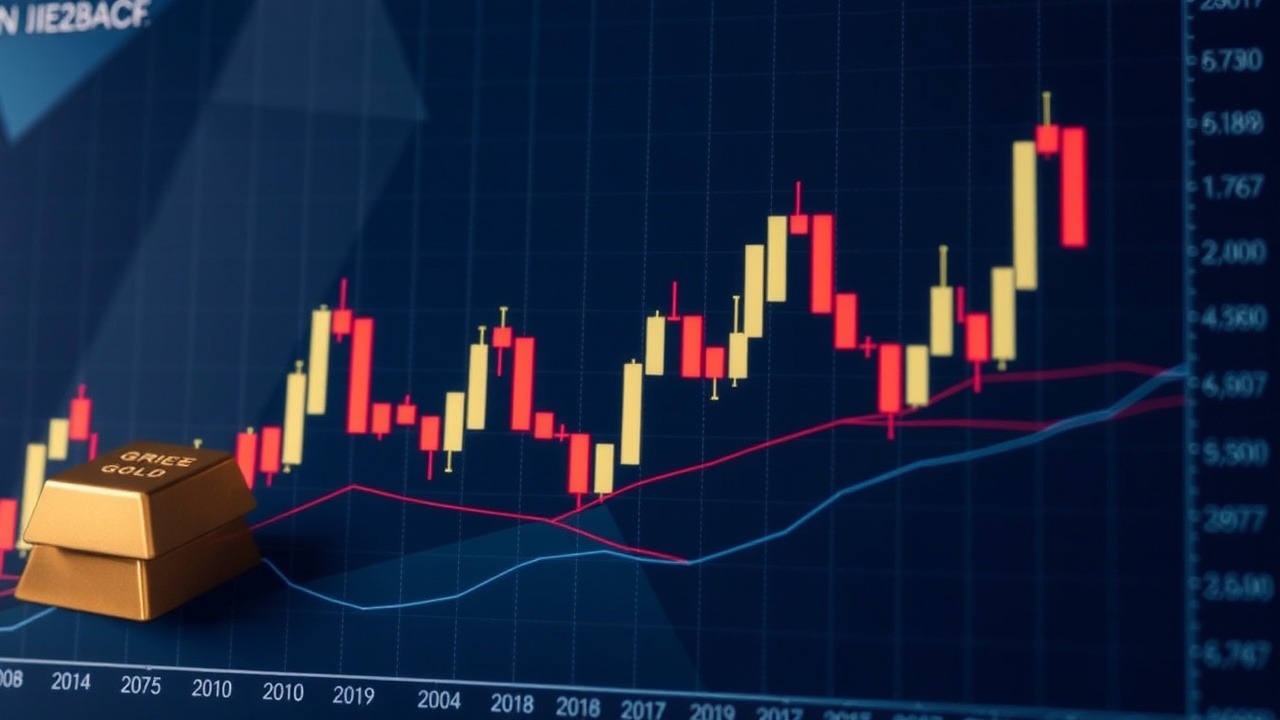
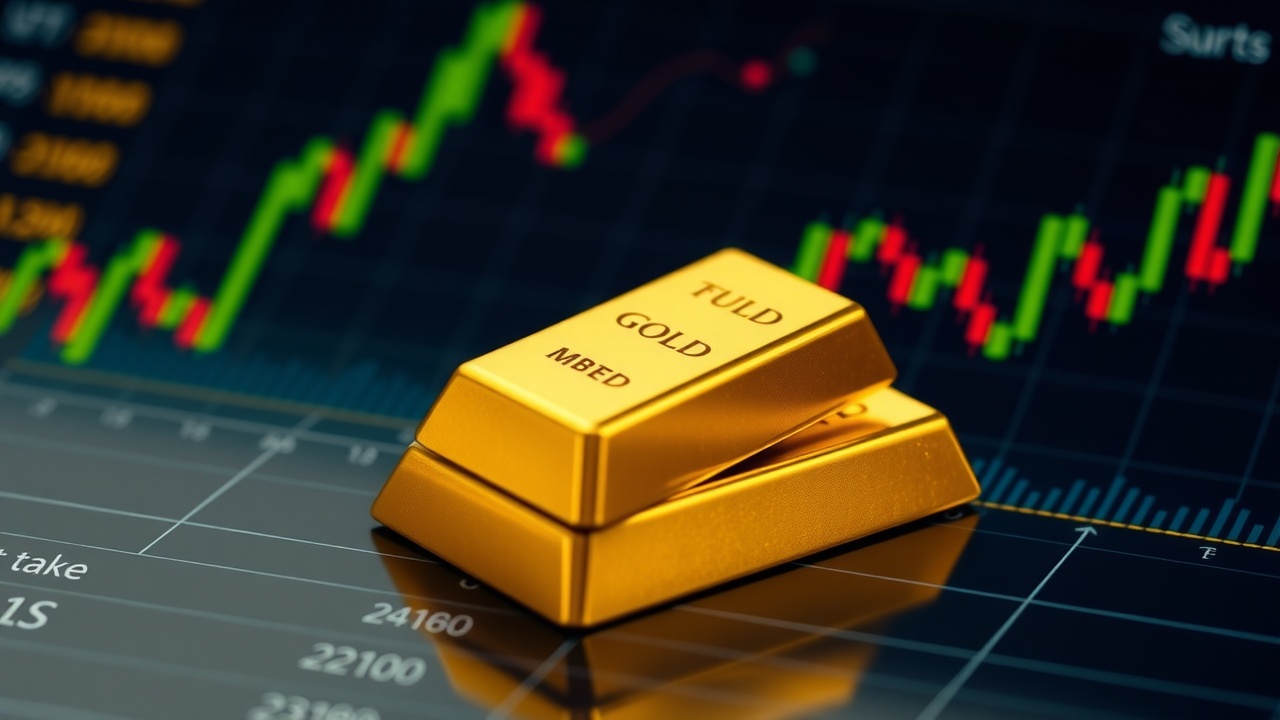
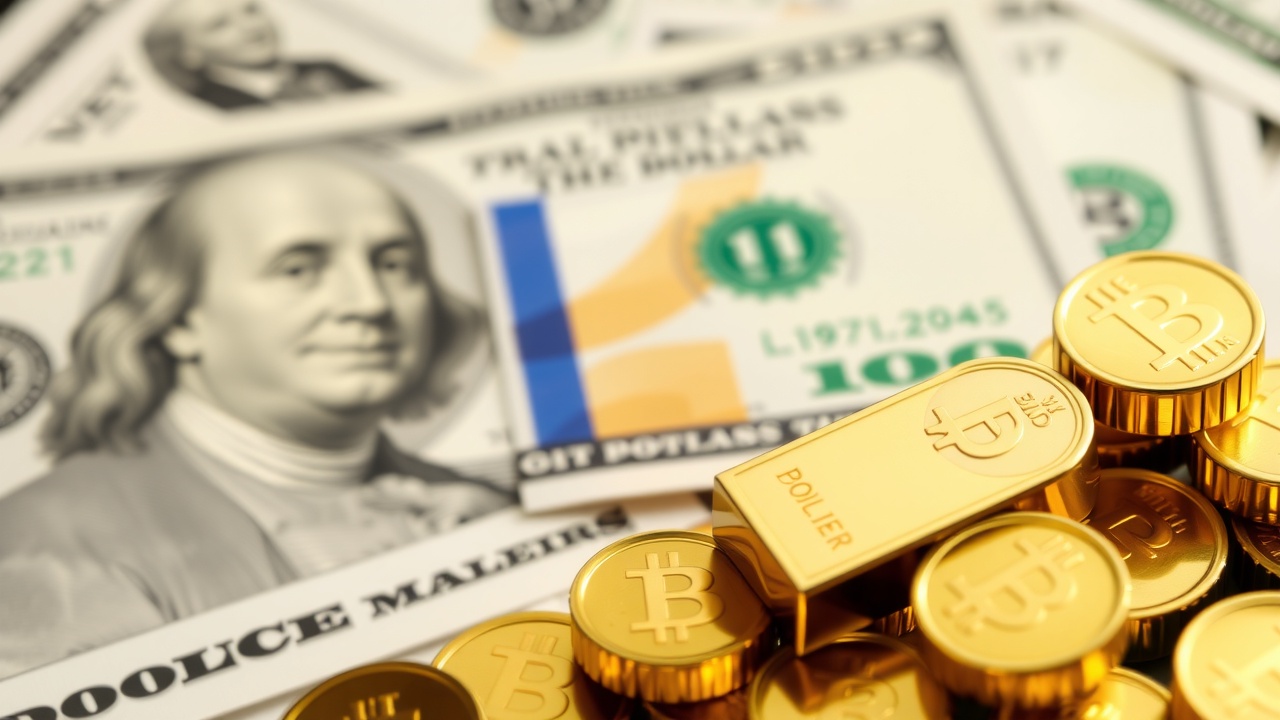
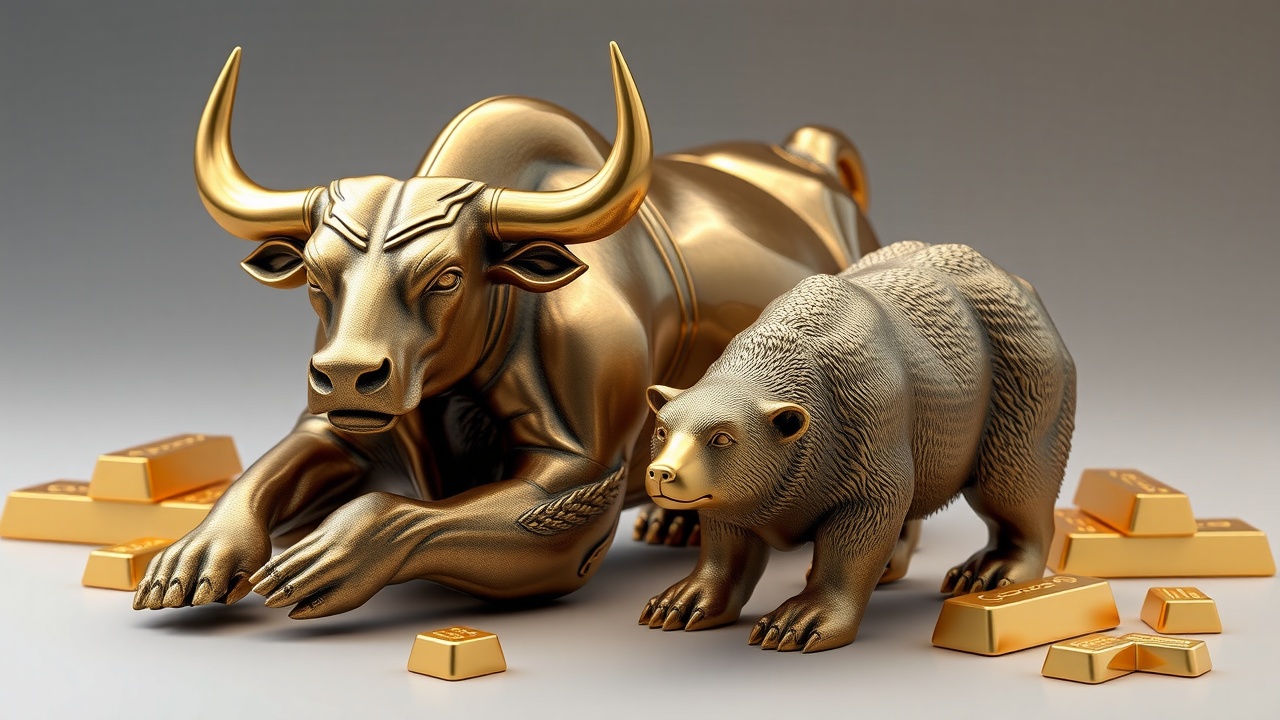








Leave a comment on: For exposure to the yellow metal, eight gold funds are worth considering